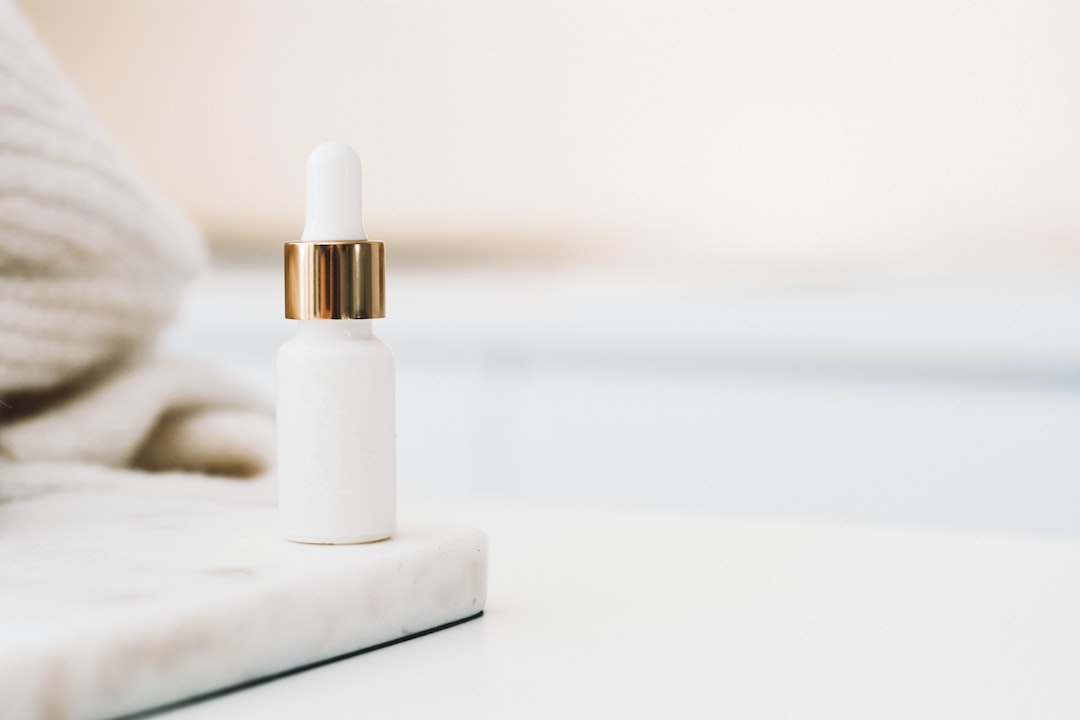Understanding the Different Types of Masks: Sheet, Clay, and Gel
In recent years, face masks have become a staple in our skincare routines. With their ability to revitalize, clarify, and moisturize the skin, it’s no wonder they have gained such popularity. However, with so many different types of masks available, it can be overwhelming to choose the one that suits your needs. In this article, we will delve into the three most common types: sheet, clay, and gel masks, to help you understand their benefits and choose the one that’s best for you.
1. Sheet Masks:
Sheet masks have become a skincare favorite in recent years, and for good reason. These masks consist of a thin sheet that is soaked in a variety of active ingredients and nutrients. They are designed to fit the contours of your face, allowing the ingredients to deeply penetrate your skin.
One of the major advantages of sheet masks is their convenience. They come individually packaged, making them great for travel or for a quick pick-me-up on a busy day. Sheet masks are also known for their hydrating properties, making them perfect for dry or dehydrated skin. They can instantly refresh and plump up your skin, giving it a youthful glow.
Furthermore, sheet masks are known to offer targeted benefits. Whether you have concerns about acne, dullness, or signs of aging, there is a sheet mask formulated to address your specific needs. This makes them a versatile option for people of all skin types.
2. Clay Masks:
If you have oily or acne-prone skin, clay masks should be your go-to. These masks generally contain ingredients like kaolin or bentonite clay, which help to draw out impurities and excess oil from the skin. Clay masks also work to unclog and minimize pores, leaving your skin smoother and more refined.
Clay masks are known for their deep cleansing properties. They effectively remove dirt, toxins, and pollution from the skin, making them a wonderful treatment for congested skin. Regular use of clay masks can control excess sebum production, preventing clogged pores and breakouts.
While clay masks are great for oily and combination skin, individuals with dry skin should exercise caution. Clay masks can be quite drying, so it is important to choose a formula that is specifically designed for your skin type. Additionally, it is advisable to only use clay masks once or twice a week to prevent over-drying of the skin.
3. Gel Masks:
Gel masks are perfect for those with sensitive or irritated skin. These masks have a lightweight gel-like texture that provides a cooling and soothing effect upon application. Gel masks are often formulated with ingredients like aloe vera, green tea extract, or hyaluronic acid, which have calming and hydrating properties.
The main advantage of gel masks is their ability to lock in moisture. They create a barrier on the skin that prevents transepidermal water loss, leading to a plump and dewy complexion. Gel masks are also beneficial for reducing redness and inflammation, making them ideal for individuals with rosacea or sunburns.
Additionally, gel masks are suitable for all skin types. They offer a gentle and refreshing experience that is perfect for those looking to relax and rejuvenate their skin. Gel masks can be used as a regular treatment or as a quick solution for soothing the skin after exposure to harsh environmental factors.
In conclusion, understanding the different types of masks is essential for determining which one will be most effective for your specific skin concerns. Whether you choose a sheet mask for hydration, a clay mask for deep cleansing, or a gel mask for soothing properties, incorporating masks into your skincare routine can bring tremendous benefits. Experiment with different masks to find the ones that suit your needs and enjoy the revitalizing experience they provide.


